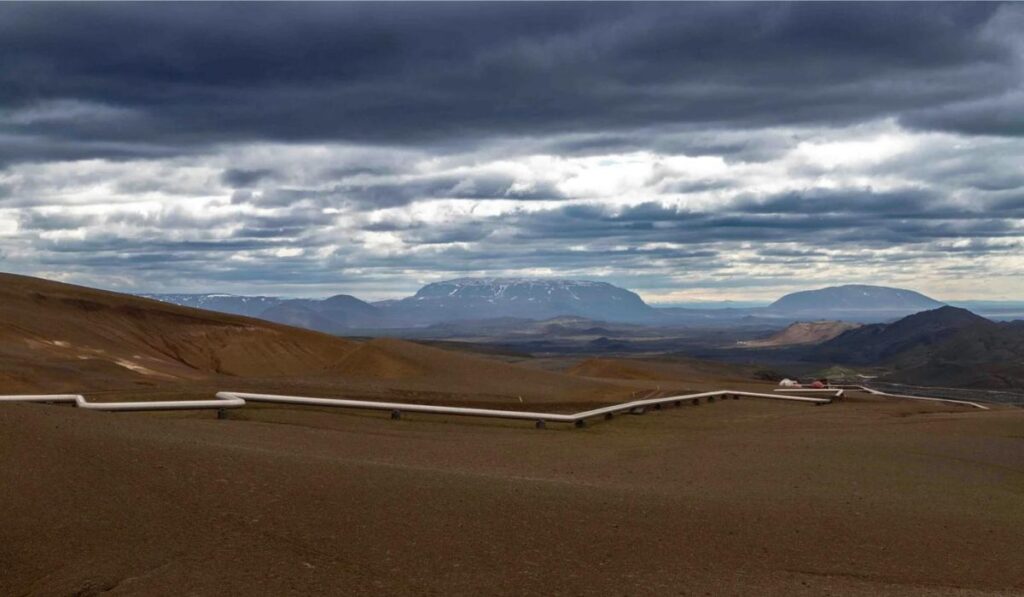Understanding Earth Science
Earth science the physical setting answers encompasses a broad range of studies related to our planet: its structure, processes, and the interactions that shape its environment. It includes geology, meteorology, oceanography, and astronomy, among other subfields. The “physical setting” refers to the natural environment and processes that operate within it.
This article will provide comprehensive answers to frequently asked questions (FAQs) about earth science and its physical setting, ensuring a good grasp of the subject.
Why Is Earth Science Important?
Earth science is crucial for multiple reasons. Understanding the Earth’s processes helps us better manage natural resources, predict weather patterns, and respond to natural disasters. It informs us about climate change and guides conservation efforts.
What Are the Key Components of Earth Science?
There are four primary fields in earth science:
- Geology: This is the study of the Earth’s solid materials, including rocks, minerals, and landforms. Geologists investigate processes such as erosion, sedimentation, and tectonic movements.
- Meteorology: This field focuses on the atmosphere and weather patterns. Meteorologists study phenomena like hurricanes, tornadoes, and long-term climate trends.
- Oceanography: Oceanographers explore the vast oceans, examining marine ecosystems, currents, and the ocean’s role in global weather systems.
- Astronomy: While often considered a separate discipline, astronomy is essential to understanding Earth’s place in the universe. It explores the celestial phenomena contributing to Earth’s physical setting.
What Is the Physical Setting in Earth Science?

The physical setting in earth science refers to the natural environment that encompasses all abiotic components. This includes:
Landforms: Mountains, valleys, plains, plateaus, and other formations shape our landscape.
Soil: Critical for agriculture and ecosystems, soil formation is influenced by weathering processes.
Water Bodies: Oceans, rivers, lakes, and aquifers are vital components of the physical setting, impacting climate and living organisms.
Atmosphere: The layers of gases surrounding Earth play a critical role in weather and climate.
How Do Earth Processes Shape the Environment?
Earth science the physical setting answers, such as erosion, weathering, and plate tectonics, continually alter the landscape.
Erosion: Wind and water wear down rocks and soil, transporting materials from one location to another.
Weathering: This process breaks down rocks into smaller particles through chemical, physical, or biological means.
Plate Tectonics: The movement of tectonic plates can create mountains, earthquakes, and volcanic activity.
Together, these processes create the dynamic earth we experience today.
How Do Natural Resources Relate to Earth Science?
Natural resources, such as fossil fuels, minerals, and freshwater, are products of various earth processes. Earth science the physical setting answers helps in the exploration and management of these resources. For instance:
Geologists identify potential sites for mining.
Hydrologists study water distribution for sustainable usage.
Environmental scientists assess the impacts of resource extraction on ecosystems.
What Role Does Earth Science Play in Climate Change?
Earth science is essential for understanding climate change. Researchers analyze past climate data, examine current trends, and model future scenarios. Key areas of study include:
Greenhouse Gases: Monitoring emissions and understanding their impact on global temperatures.
Glacial Studies: Investigating melting glaciers to assess sea-level rise.
Climate Modeling: Using computer simulations to predict future climate patterns and trends.
Common Misconceptions About Earth Science
Despite its importance, earth science is often misunderstood. Some common misconceptions include:
- Earth Science Is Just About Rocks: While geology is a significant aspect, earth science also covers the atmosphere, oceans, and even planetary science.
- Weather and Climate Are the Same: Weather refers to short-term atmospheric conditions, while climate reflects long-term averages over extended periods.
- Natural Disasters Are Random Events: In reality, natural disasters are influenced by geological, meteorological, and environmental factors that can be studied and predicted.
Frequently Asked Questions (FAQs)
1. What are the major earth science disciplines?
The major disciplines include geology, meteorology, oceanography, and astronomy, as they collectively provide insights into Earth’s physical setting.
2. How does earth science impact daily life?
Earth science informs weather predictions, resource management, environmental protection, and helps mitigate natural disasters.
3. Why is studying earth science useful for students?
Studying earth science enhances critical thinking skills, promotes environmental awareness, and prepares students for careers in various related fields.
4. How can I learn more about earth science?
Resources include textbooks, online courses, documentaries, and engaging with local scientific organizations or clubs.
5. What are some examples of earth science careers?
Careers include geologist, meteorologist, oceanographer, environmental consultant, and wildlife biologist, among others.
The Importance of Earth Science Education
Earth science education is vital as it equips future generations with the knowledge needed to tackle pressing global issues like climate change and resource depletion. By integrating earth science into curricula, students can develop a better understanding of the world they inhabit.
Engaging with Earth Science
Hands-on, engaging learning experiences can enhance the study of earth science. Field trips to geological sites, ocean studies, and weather observation projects can spark students’ interest and deepen their understanding.
Conclusion
The physical setting of earth science encompasses vital components that shape our planet’s functionality. Understanding earth science equips us with the tools to address environmental challenges and better appreciate the world we live in.
Whether you’re a student, educator, or simply an enthusiast, the knowledge gained from exploring earth science—specifically its physical setting—can enhance our understanding of the intricate and dynamic system that is Earth. Embrace the beauty of earth science as a means to connect with our planet, learn its processes, and contribute to a sustainable future










































